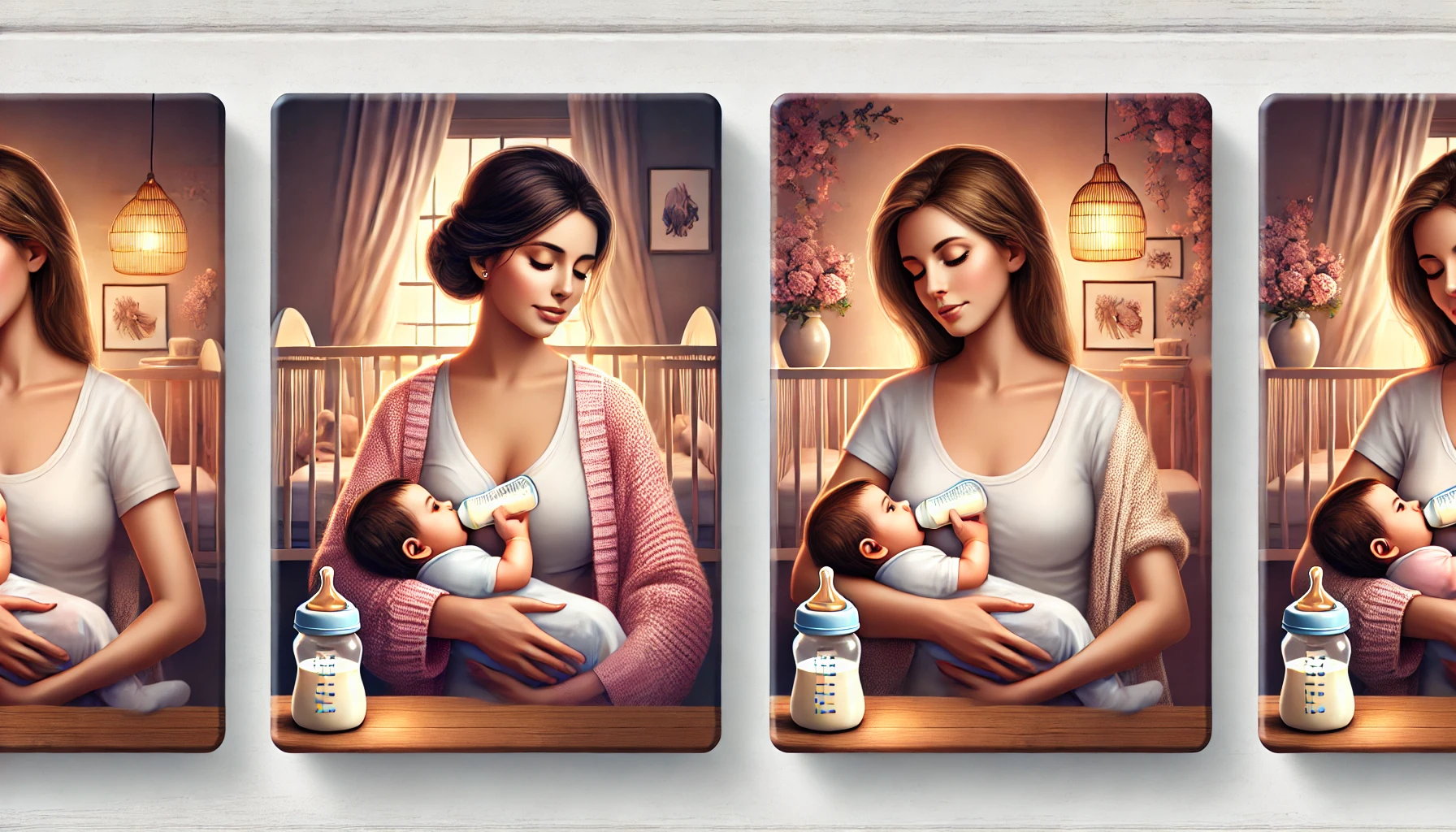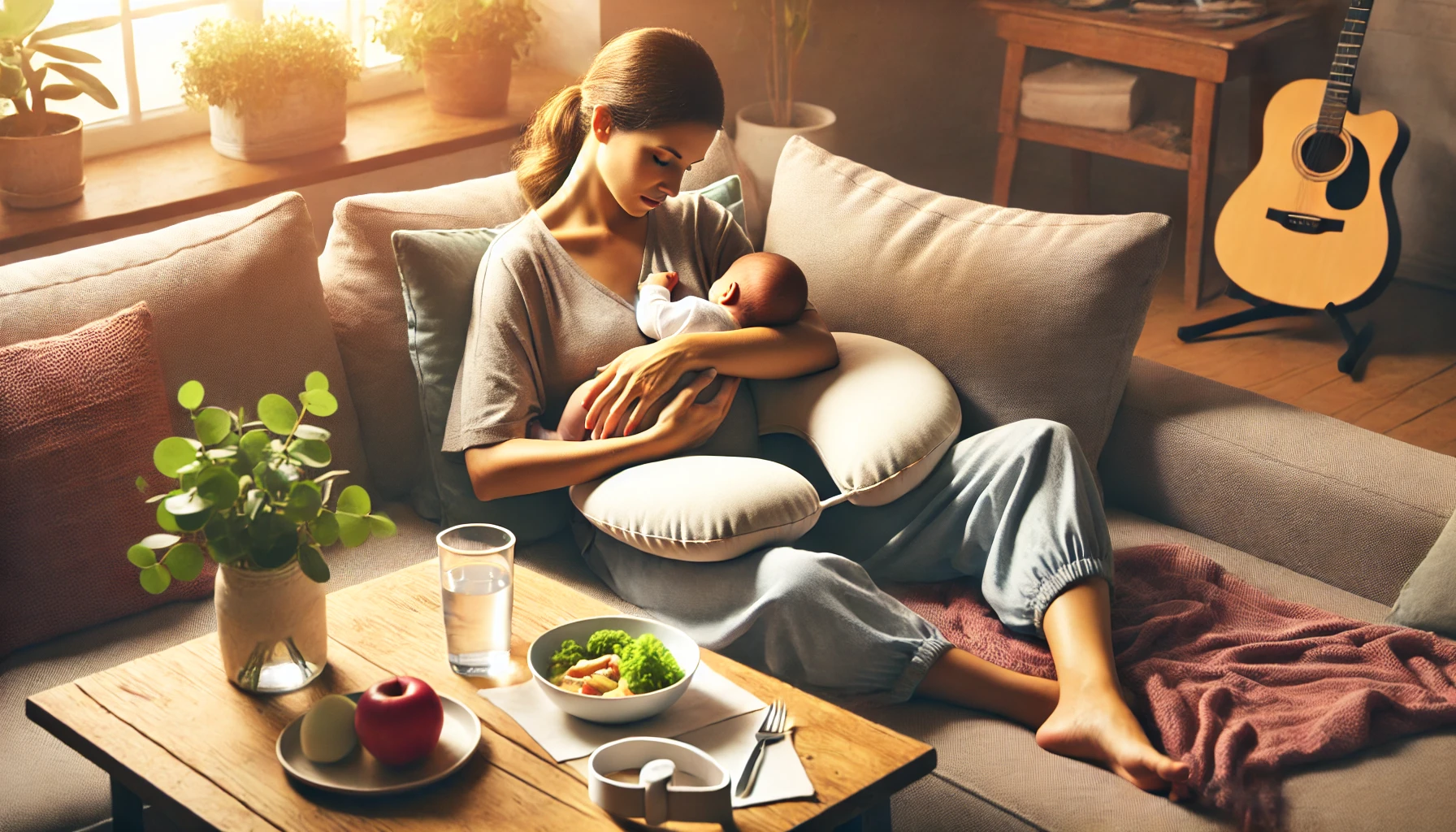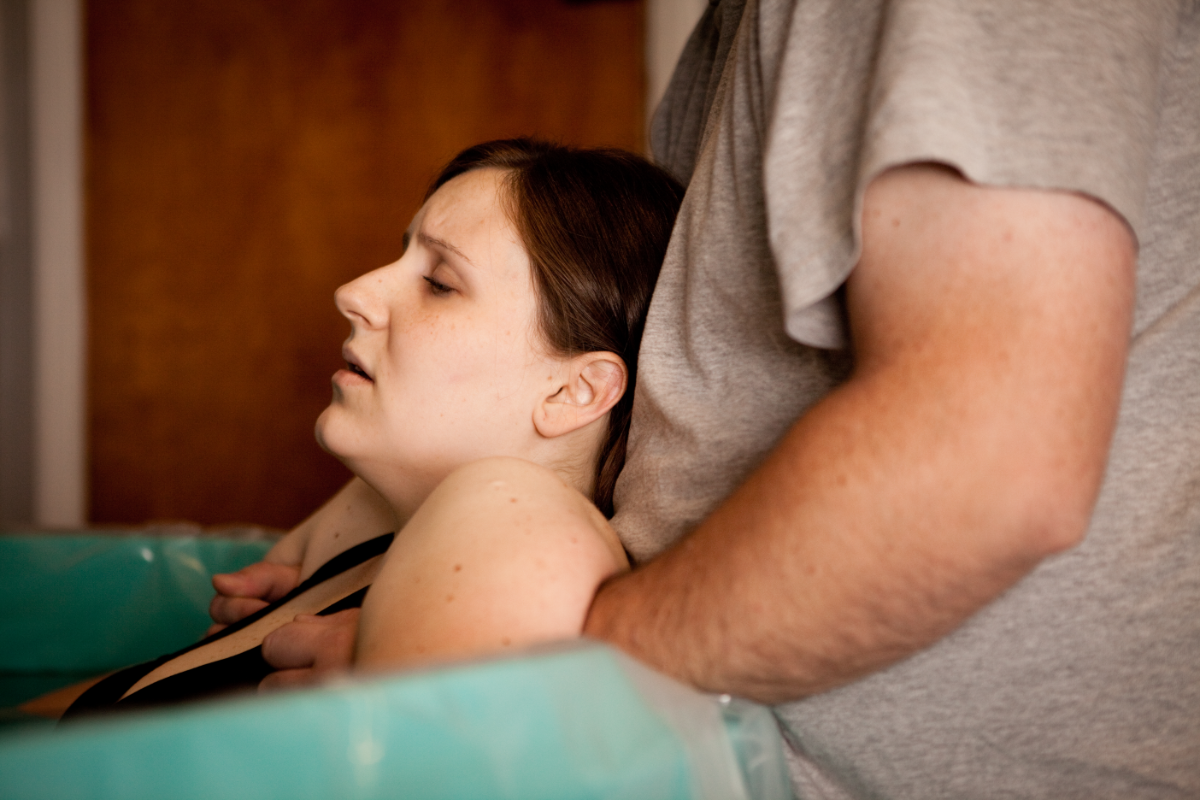Anúncios
One of the biggest surprises for many new moms is postpartum hair loss. Just when you think you’ve adjusted to life with a newborn, you start noticing clumps of hair in the shower, on your pillow, and in your hairbrush. It can be frustrating and even scary, but the good news is—it’s temporary!
In this guide, we’ll cover:
✔️ Why postpartum hair loss happens
✔️ How long it lasts
✔️ Tips and treatments to speed up regrowth
This common yet unexpected change is caused by hormonal fluctuations after pregnancy, particularly the drop in estrogen levels. While it may feel alarming, postpartum hair loss is a natural part of the recovery process as your body adjusts back to its pre-pregnancy state. Understanding what’s happening and how to manage it can help you feel more in control and confident during this phase of motherhood.
Anúncios
Why Does Postpartum Hair Loss Happen?
During pregnancy, hormones go into overdrive—especially estrogen, which keeps hair in the growth phase longer. This is why many women experience thicker, fuller hair while pregnant.
However, after giving birth:
🔹 Estrogen levels drop back to normal
🔹 The extra hair that didn’t fall out during pregnancy sheds all at once
🔹 This causes excessive hair loss, especially around the hairline and temples
💡 The official term? Postpartum telogen effluvium—a temporary condition where more hair enters the shedding phase.
🚫 What postpartum hair loss is NOT:
❌ It’s NOT true hair loss or baldness
❌ It’s NOT permanent
❌ It doesn’t mean you’re unhealthy
This sudden shedding can be overwhelming, but it’s important to understand that it’s a normal process. As your body adjusts to its pre-pregnancy state, the hair that remained in the growth phase during pregnancy is simply catching up. While it may seem like a lot of hair is falling out, rest assured that it’s part of the natural cycle, and your hair will soon return to its usual rhythm.
When Does Postpartum Hair Loss Start & How Long Does It Last?
📅 Starts: Around 2-4 months postpartum
📅 Peaks: Around 4-6 months postpartum
📅 Stops: Usually by 12 months postpartum
💡 Good news: Most women’s hair fully regrows within a year, though some may notice changes in texture or thickness.
🚫 When to see a doctor? If hair loss continues beyond a year or seems extreme, check for nutritional deficiencies (like iron, zinc, or thyroid imbalances).
How to Fix Postpartum Hair Loss (Proven Tips & Treatments!)
1️⃣ Eat Hair-Boosting Foods
A healthy diet can speed up hair regrowth. Focus on:
✔️ Protein – Eggs, chicken, fish, beans
✔️ Iron – Spinach, lentils, red meat
✔️ Omega-3s – Salmon, chia seeds, walnuts
✔️ Biotin & B Vitamins – Avocados, nuts, whole grains
✔️ Vitamin D – Sunlight, fortified dairy
✔️ Zinc – Pumpkin seeds, chickpeas
💡 Tip: Stay hydrated—your hair needs water to grow!
2️⃣ Keep Taking Your Prenatal Vitamins
Your body is still recovering from pregnancy, and vitamins can help with hair regrowth.
✅ Look for supplements with:
✔️ Biotin – Strengthens hair and nails
✔️ Folic Acid – Supports new cell growth
✔️ Iron – Prevents anemia-related hair loss
✔️ Collagen – Boosts hair thickness
🚫 Avoid: High doses of Vitamin A, which can trigger more hair loss.
3️⃣ Use the Right Shampoo & Conditioner
🔹 Choose a Volumizing Shampoo – Lifts hair at the roots for fuller appearance
🔹 Use a Lightweight Conditioner – Avoid heavy formulas that weigh hair down
🔹 Try Caffeine-Infused or Biotin Shampoos – Helps strengthen hair
💡 Tip: Wash your hair every other day to avoid excess shedding from over-washing.
🚫 Avoid: Sulfates & harsh chemicals, which dry out the scalp and weaken hair strands.
4️⃣ Be Gentle with Your Hair
Postpartum hair is weaker and more prone to breakage, so treat it with care!
✅ Do:
✔️ Use a wide-tooth comb (less pulling)
✔️ Let hair air dry when possible
✔️ Use a silk pillowcase to reduce friction
🚫 Don’t:
❌ Brush aggressively when hair is wet
❌ Overuse heat styling (blow dryers, curling irons)
❌ Wear tight ponytails (causes extra stress on roots)
5️⃣ Try Scalp Massages for Faster Regrowth
Massaging your scalp stimulates blood flow and promotes hair growth.
How to Do It:
🟢 Use your fingertips to gently massage your scalp in circular motions
🟢 Do this for 5 minutes daily
🟢 Optional: Use a few drops of coconut or castor oil for extra nourishment
💡 Bonus: Try a microneedling scalp roller (derma roller) to encourage regrowth.
6️⃣ Consider Postpartum Haircuts & Styles
If shedding is making you self-conscious, a new hairstyle can help.
💇♀️ Best Postpartum Haircuts:
✔️ Layered Cut – Adds volume
✔️ Shoulder-Length or Shorter – Reduces weight on weak hair
✔️ Bangs or Face-Framing Layers – Hide thinning areas around temples
🚫 Avoid: Very long, heavy styles that make thinning more noticeable.
7️⃣ Manage Stress & Get Enough Sleep
Stress can worsen postpartum hair loss, so focus on relaxation and self-care.
✔️ Practice deep breathing & meditation
✔️ Do light exercise (walking, yoga)
✔️ Get at least 7 hours of sleep (even if broken)
✔️ Accept help from family & friends
💡 Tip: Your body is healing—give it time to recover & regrow naturally!
Does Breastfeeding Cause More Hair Loss?
🚫 No! There’s no direct link between breastfeeding and hair loss. However:
🔹 If you’re not eating enough calories, hair loss may worsen
🔹 Breastfeeding hormones can slow regrowth in some women
While breastfeeding itself doesn’t cause additional hair loss, the demands it places on your body can make a difference. Your body prioritizes nourishing your baby, which means if you’re lacking essential nutrients like iron, biotin, and protein, your hair may take longer to regain its fullness. Ensuring a well-balanced diet and managing stress can help maintain healthy hair growth during this phase.
💡 Solution: Stay hydrated and eat a nutrient-rich diet to support hair health.
Your Hair WILL Grow Back!
Postpartum hair loss can be shocking, but it’s temporary! By eating well, taking care of your scalp, and using gentle hair care techniques, you’ll encourage faster regrowth and restore your hair’s fullness.
It’s also worth noting that your hair texture or thickness might change slightly as it grows back, which is completely normal. Some moms notice new baby hairs along their hairline or a different wave pattern in their regrowth. Give your hair time, be gentle with styling, and focus on nourishing it from the inside out. Before you know it, you’ll see your locks returning to their former glory!
💡 Remember: Every mom’s postpartum journey is different—be patient with yourself and your body!
✨ Your hair will grow back, and in the meantime, embrace the beauty of motherhood. ✨


